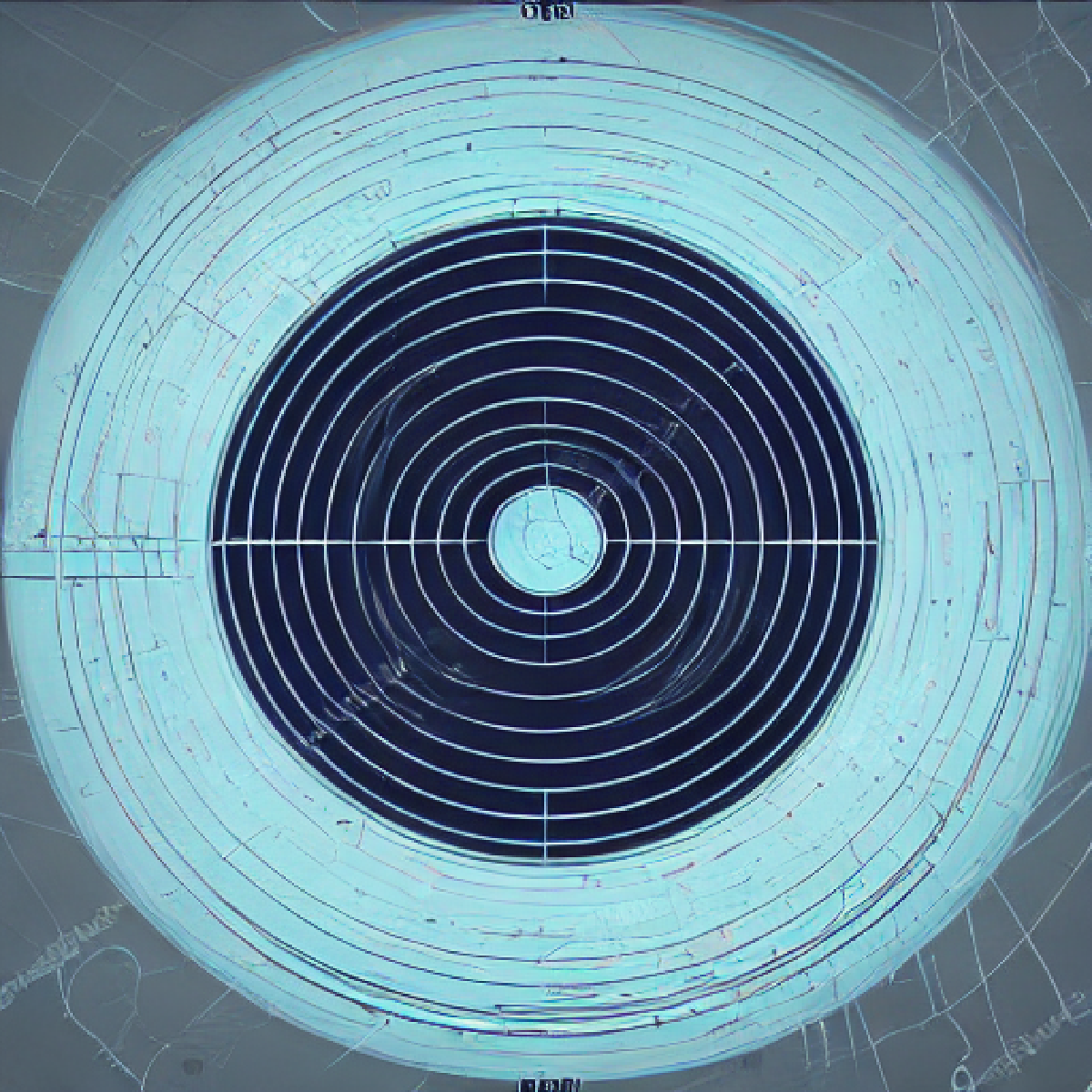Motive#
Does looking at a table comparing model peformance across multiple metrics feel bothersome to you? Lets see how radar plots can help us quickly visually compare model performance across multiple metrics.
This is just a single use case of using radar plots though, these can be used for so much more such as - comparing multiple products across multiple metrics, comparing multiple people across multiple skills, etc.
The first time I appreciating radar plots was in Fifa 18, where you could compare players across pace, skill, strength, etc.very easily. Made quick substitutions very simple.
Visually they look very cool and are certain to add visual flair to your next presentation.
What are radar plots?#
Defining them a bit more formally, a radar plot is a type of chart used to display multiple variables on a two-dimensional graph. Each variable is plotted on a separate axis that radiates from the center of the graph, and data points are connected to create a polygon shape.
Radar plots are commonly used to compare the performance of different models or entities across multiple metrics. They are helpful for visualizing how different variables affect overall performance and are widely used in fields such as data analysis, engineering, and sports.
Sample data#
Here we will just be using a randomly generated table of data. Lets say we have a hypothetical image to image translation problem. We will compare 3 models across 4 metrics SSIM, PSNR, MAE and MSE. We load this in the form of a pandas dataframe named sample_df.
| Model | SSIM | MAE | MSE | PSNR |
|---|---|---|---|---|
| Model_1 | -0.1 | 2.1 | 4.70 | 32.6 |
| Model_2 | 0.5 | 0.5 | 0.45 | 54.1 |
| Model_3 | 0.9 | 0.3 | 0.12 | 15.4 |
Data Normalisation#
The data needs to be normalized before we can plot it. This is because we are plotting multiple metrics on the same scale, so our values also need to be on the same scale.
lets normalize all of our data to be between 0 and 1.
- SSIM varies b/w -1 and 1, to normalize we just add 1 and divide by 2.
- MAE can be vary between 0 and infinity, lets assume max valye is 3 for MAE.
- Same case as MAE, max value assumed to be 5
- PSNR for 8-bit grayscale images typically varies b/w 0-60 dB, so here lets - just normalize by dividing by 60.
sample_df["SSIM"] = (sample_df["SSIM"] + 1) / 2
sample_df["MAE"] = sample_df["MAE"] / 3
sample_df["MSE"] = sample_df["MSE"] / 5
sample_df["PSNR"] = sample_df["PSNR"] / 60
This is what the data looks like after normalization.
| Model | SSIM | MAE | MSE | PSNR |
|---|---|---|---|---|
| Model_1 | 0.45 | 0.70 | 0.94 | 0.54 |
| Model_2 | 0.75 | 0.16 | 0.09 | 0.90 |
| Model_3 | 0.95 | 0.10 | 0.02 | 0.25 |
Plotting the data#
We will use good ol’ matplotlib to create our plots. The following function is used to create the plots. The different parts of the codes are explained in the comments.
def radar_plot(df, attrs_to_plot, color_list=["r", "g", "b"], title="Radar plot"):
# get the number of different metrics to plot
n_metrics = len(attrs_to_plot)
# we get the angles for each different metric
angles = list(np.linspace(0, 2 * np.pi, n_metrics, endpoint=False))
# get label for each metric
labels = list(attrs_to_plot)
# we need the plot to be closed, so we close the plot
# by adding the first metric at the end again
angles += angles[:1]
labels += labels[:1]
# pass polar as true for ciruclar plot
fig, ax = plt.subplots(figsize=(6, 6), subplot_kw=dict(polar=True))
# Set the labels for each of the angles
ax.set_thetagrids(np.degrees(angles), labels=labels)
# since we normalized all of our data to be between 0 and 1
# we set the limits of the plot to be between 0 and 1
ax.set_ylim(0, 1)
for color, index_name in zip(color_list, df.index):
# get the values for each row of the metrics
# do note that we set the model name as the index
vals = list(df[attrs_to_plot].loc[index_name])
# wrap around the values so that the plot is closed
vals += vals[:1]
# plot the polygon
ax.plot(angles, vals, linewidth=1, color=color, label=index_name)
# fill the area with color
ax.fill(angles, vals, alpha=0.25, color=color)
plt.legend(loc="upper right", bbox_to_anchor=(1.3, 1), fontsize=11)
plt.title(title, fontsize=14, pad=10)
Do note that the index of the sample_df has been changed to be the model name instead of numeric values. We then call the radar_plot as follows -
radar_plot(
sample_df,
attrs_to_plot=["SSIM", "MAE", "MSE", "PSNR"],
title="Radar plot for model comparison")

One of the issues we see here is that there is a mix of negatively(lower is better) and positively(higher is better) oriented scores. This can create a bit of confusion when looking at the plot. Maybe if we invert the MSE and MAE using(1 - metric_value) then it might make more sense?
Plotting after inverting using the following code -
sample_df["MAE_rev"] = 1 - sample_df["MAE"]
sample_df["MSE_rev"] = 1 - sample_df["MSE"]
radar_plot(
sample_df,
attrs_to_plot=["SSIM", "MAE_rev", "MSE_rev", "PSNR"],
title="Radar plot for model comparison",
)

Conclusions#
Hmm…, honestly still confusing. I think this can lead to confusion in explaining what rev_mae and rev_mse is. I think the better approach would be to plot negatively and positively oriented metrics on different plots altogether.
But regardless, these plots can be used for so much more than just comparing model metrics and can be used for comparing input features or data samples together. Here are some pros and cons of these plots.
Pros-
- Gives a nice summary of the different metrics/features for different models/data samples etc.
- Way better than looking at a table and trying to identify what each model is best at.
- Radar plots are visually very easy to understand and look nice aesthetically.
- Can be adjusted very easily for multiple metrics.
Cons -
- More models/samples can result in visual clutter. e.g - plotting the performance of 10 models like this would look horrible.
- All data needs to be normalized before plotting.
- Mixing of positive and negative oriented metrics can lead to confusion.
- It is very hard to compare to radar plots if the range and variables are different.


